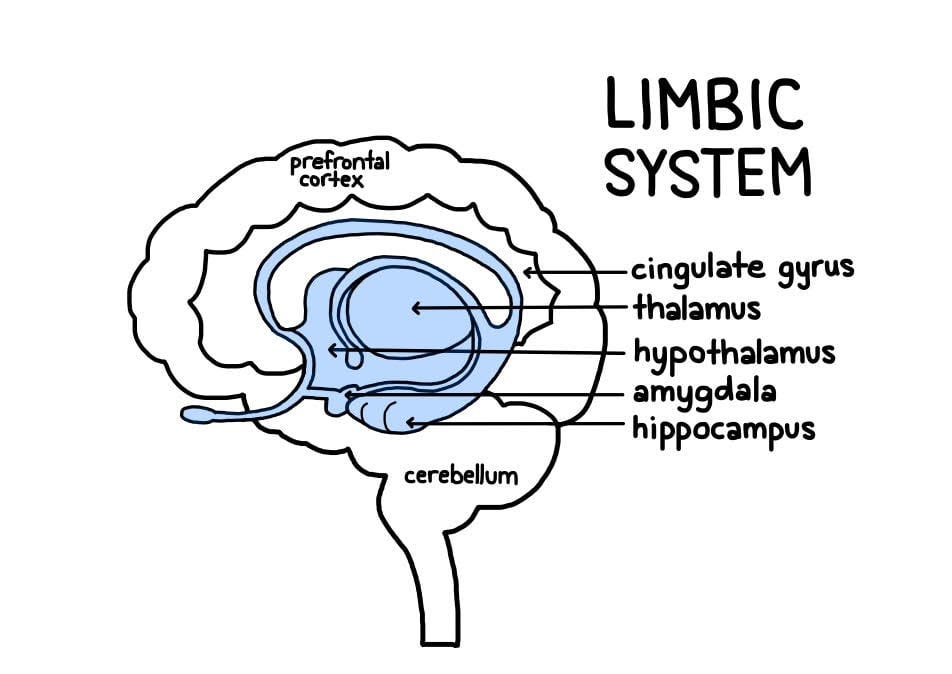The Scientific Breakdown of Therapy
Written by Ivory Chen
Therapy is an interesting concept. How can simply interacting with another human being improve one’s mental health issues? How can talking about your feelings cure an ongoing issue?
It all lies within the brain. Psychotherapy is known to improve the gene expression of certain parts of the brain, often leading to strengthen connections between neurons. Studies have noted improvements in the control of the prefrontal cortex, which determines how one handles emotions. Therapy was also noted to strengthen ties between the amygdala and the prefrontal cortex which better helps people perceive social threats, also improving the influence of psychotic symptoms.
Therapy is known to improve various mental health conditions, the most well known being: OCD, anxiety, and depression. Consistent emotional interventions like therapy can be just as helpful as medical approaches. However, one down-side to the therapeutic approach is that it takes a lot of time and adjustment to receive visible changes. At the same time, the benefits of therapy are undeniable — short-term therapy can provide long-term effects, PTSD patients displayed less severe symptoms two years post-therapy in comparison to six months post-therapy.
“Science behind Therapy.” Mental Health America,
mhanational.org/science-behind-therapy#:~:text=The%20science%20of%20how%20thera py,communication%20between%20neurons%5B4%5D. Accessed 26 July 2024.
Written by Ivory Chen from MEDILOQUY


